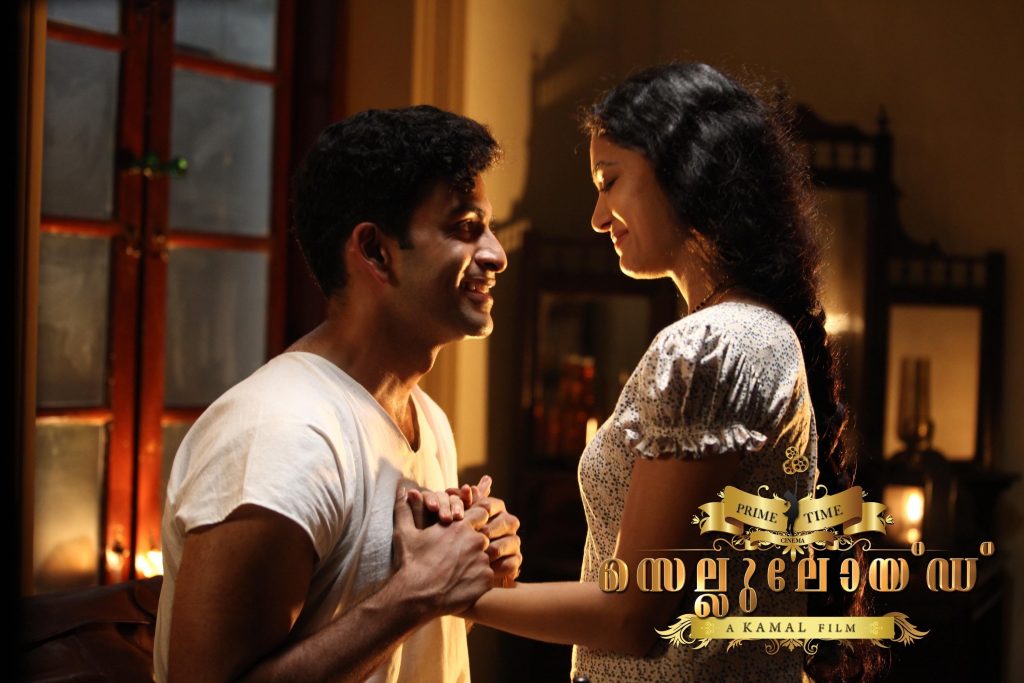Originality is an art that isn’t practiced everywhere. Unfortunately, Malayalam cinema too, as Celluloid explicitly suggests, appears to have its roots in what is now a Hollywood classic.
The story begins in 1926. JC Daniel (Prithviraj) sells a portion of his ancestral land in order to make what would be the first Malayalam film, Vigathakumaran. Its release in 1928 is met with stiff opposition by the upper-class and there is an uproar at its screenings. Later, his six-year-old child burns the only copy. In 1975, JC dies disillusioned, bankrupt, and unrecognized.
The opening half is as much his story as that of a Christian convert from the ‘untouchable’ class; the poor girl who perhaps agreed to the role in real life solely for the extra income is falsely painted as having dreams of stardom; this, in an age and region that eyed a woman in cinema as a whore? The daring act of casting a ‘low caste’ woman as a ‘high caste’ is incessantly highlighted, only to be crushed with a fallacious allusion to the father of American cinema; it is somewhat untruthfully stated that he was disowned by his industry and died in penury. For the information of the writer-director: DW Griffith lived his last days in one of the then fanciest hotels in Hollywood, the Knickerbocker Hotel.
Some of the peripheral material too is in poor taste. For instance, in the early days, new purchases such as a radio were welcomed into Indian households with utmost sacredness and children weren’t allowed anywhere around it; it is, thus, shocking to see JC leaning casually/carelessly on his precious new camera while a tiny tot fiddles with the tripod on which it rests precariously.
The focal depth adds detail by displaying the happenings in the background, and the brownish tone enhances the period look of the canvas. Whatever the art direction lacks is pardonable given the limitations of the budget. The costumes are suspect. And the makeup? Well, when JC makes his first aged appearance, his voice-over quivers to the visual of his lying-in-bed pair of feet pretty as that of a dainty dancer. And when he shows his face, his forehead and cheeks are smooth as a doll’s, though his beard is snow and his neck is about to fall off.
Prithviraj’s tongue rolls out the Malayalam words with what is accepted as the Travancore accent of the early twentieth century, but his English has no dignity. And his facial expressions refuse to venture out of the confines of his star image. Further, JC was an exponent of the sacred martial art of Kerala, and wanted to publicize it through cinema; thus, it is a crime that instead of a trained master as a body double, an actor with awkward body movements was employed to reenact these deadly techniques.
Ironically, Kamal’s biopic makes no effort to offer an authentic account of the first Malayalam film, which allegedly is a Chaplin copy, and therein lies the film’s failure. Still, I suppose, hats off to the producers for placing their money on a story that, even if tweaked miserably for commercial purposes, simply had to be brought to light.
Malayalam, Drama, Biopic, Color


